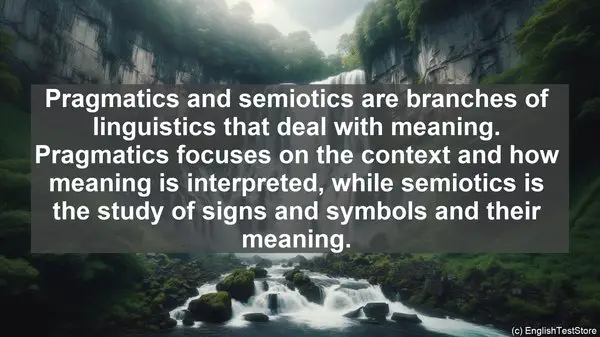Introduction
Welcome to our linguistics class. Today, we’ll be exploring the top 10 commonly confused words in linguistics. Understanding these words is crucial for effective communication in the field. So, let’s dive in!
1. Phonetics vs. Phonology
Phonetics and phonology are often used interchangeably, but they have distinct meanings. Phonetics deals with the physical sounds of language, while phonology focuses on the way sounds function within a particular language.
2. Syntax vs. Semantics
Syntax and semantics are crucial components of language. Syntax refers to the structure and arrangement of words, while semantics deals with meaning. In simpler terms, syntax is about how words are ordered, while semantics is about what those words mean.

3. Dialect vs. Accent
Dialect and accent are often confused, but they refer to different aspects of language. Dialect relates to variations in vocabulary, grammar, and pronunciation within a language, while accent focuses solely on pronunciation.
4. Prescriptive vs. Descriptive
Prescriptive and descriptive approaches are two contrasting ways of studying language. Prescriptive linguistics sets rules and norms for ‘correct’ language usage, while descriptive linguistics aims to objectively describe how language is used, without judgment.
5. Lexicon vs. Corpus
Lexicon and corpus are terms used in the study of language. Lexicon refers to the vocabulary of a language, while corpus is a collection of texts or spoken language used for linguistic analysis.
6. Etymology vs. Entomology
Etymology and entomology may sound similar, but they are unrelated. Etymology is the study of word origins and historical development, while entomology is the study of insects.

7. Homonym vs. Homophone
Homonyms and homophones are often a source of confusion. Homonyms are words that sound alike but have different meanings, while homophones are words that sound alike and may or may not have the same spelling.
8. Pragmatics vs. Semiotics
Pragmatics and semiotics are branches of linguistics that deal with meaning. Pragmatics focuses on the context and how meaning is interpreted, while semiotics is the study of signs and symbols and their meaning.
9. Morpheme vs. Phoneme
Morpheme and phoneme are fundamental units in linguistics. A morpheme is the smallest meaningful unit of language, while a phoneme is the smallest distinctive sound unit. In simpler terms, morphemes are about meaning, while phonemes are about sounds.
10. Synchronic vs. Diachronic
Synchronic and diachronic are terms used to describe different approaches in linguistic analysis. Synchronic linguistics focuses on the study of a language at a particular point in time, while diachronic linguistics examines the historical development and changes in a language over time.
